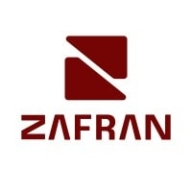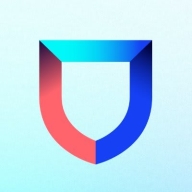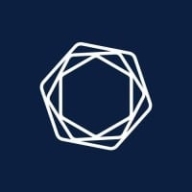


Tenable Security Center and Lacework FortiCNAPP compete in vulnerability management solutions. Tenable Security Center holds a slight advantage due to its comprehensive asset management and detailed reporting features.
Features: Tenable Security Center offers vulnerability scanning, customizable scanning policies, and predictive prioritization, ideal for large-scale IT environments. Lacework FortiCNAPP excels in anomaly detection, compliance support, and continuous monitoring, making it suitable for cloud environments.
Room for Improvement: Tenable Security Center improves limited flexibility in report configuration, web application scanning, and data integration. Lacework FortiCNAPP enhances its communication of changes, integration with third-party tools, and alert management.
Ease of Deployment and Customer Service: Tenable Security Center's on-premises deployment presents a learning curve, with inconsistent response times in support. Lacework FortiCNAPP benefits from faster cloud deployment and responsive support, fulfilling customer needs.
Pricing and ROI: Tenable Security Center is costly for smaller enterprises, though offers significant ROI by reducing vulnerabilities. Lacework FortiCNAPP pricing is also high, with both solutions offering cost avoidance and improved security, but Tenable’s price is more restrictive for smaller clients.



Zafran Security integrates with existing security tools to identify and mitigate vulnerabilities effectively, proving that most critical vulnerabilities are not exploitable, optimizing threat management.
Zafran Security introduces an innovative operating model for managing security threats and vulnerabilities. By leveraging the threat exposure management platform, it pinpoints and prioritizes exploitable vulnerabilities, reducing risk through immediate remediation. This platform enhances your hybrid cloud security by normalizing vulnerability signals and integrating specific IT context data, such as CVE runtime presence and internet asset reachability, into its analysis. No longer reliant on patch windows, Zafran Security allows you to manage risks actively.
What are the key features of Zafran Security?
What benefits can users expect from Zafran Security?
In industries where security is paramount, such as finance and healthcare, Zafran Security provides invaluable protection by ensuring that only exploitable vulnerabilities are addressed. It allows entities to maintain robust security measures while allocating resources efficiently, fitting seamlessly into existing security strategies.
Lacework FortiCNAPP provides robust cloud security, combining vulnerability management and multi-cloud insight with user-friendly controls, machine learning detection, and compliance support.
Lacework FortiCNAPP specializes in cloud security by merging machine learning anomaly detection with agent-based vulnerability management to offer detailed alerts and compliance reports. Its comprehensive approach allows continuous monitoring across AWS and Kubernetes, providing insights from an attacker's perspective. The platform offers automation and seamless Slack integration, facilitating collaborative and efficient cloud security management. Users value its ability to handle multi-cloud environments and scan IAC scripts, configurations, and compute nodes across AWS and GCP.
What are the key features?Organizations across sectors leverage Lacework FortiCNAPP for cloud security, focusing on compliance, security posture, and vulnerability management. It is widely used for monitoring AWS and Kubernetes environments, scanning IAC scripts, configurations, and securing compute nodes. It supports multi-cloud security posture management and log ingestion, enabling companies to maintain strong cloud infrastructures without dedicated security layers.
Get a risk-based view of your IT, security and compliance posture so you can quickly identify, investigate and prioritize your most critical assets and vulnerabilities.
Managed on-premises and powered by Nessus technology, the Tenable Security Center (formerly Tenable.sc) suite of products provides the industry’s most comprehensive vulnerability coverage with real-time continuous assessment of your network. It’s your complete end-to-end vulnerability management solution.
We monitor all Vulnerability Management reviews to prevent fraudulent reviews and keep review quality high. We do not post reviews by company employees or direct competitors. We validate each review for authenticity via cross-reference with LinkedIn, and personal follow-up with the reviewer when necessary.